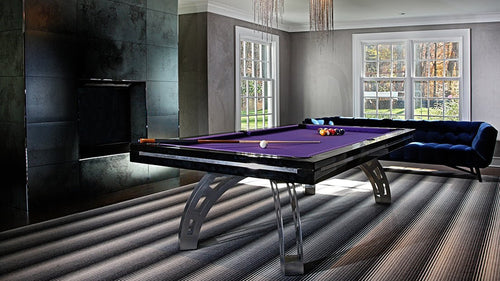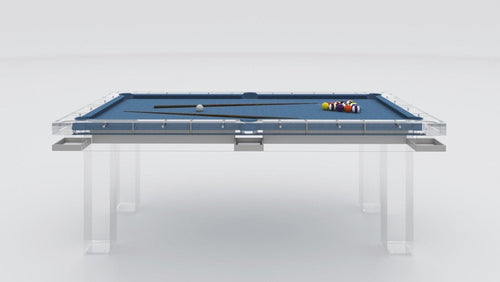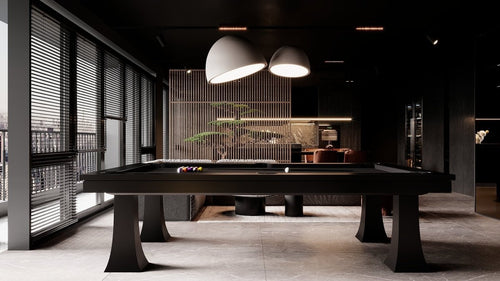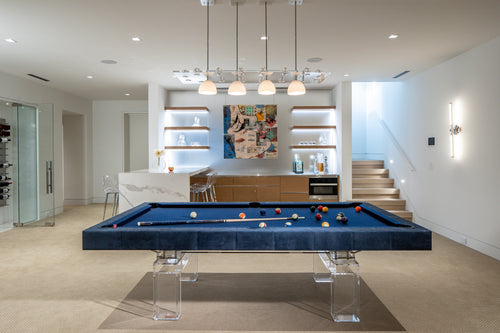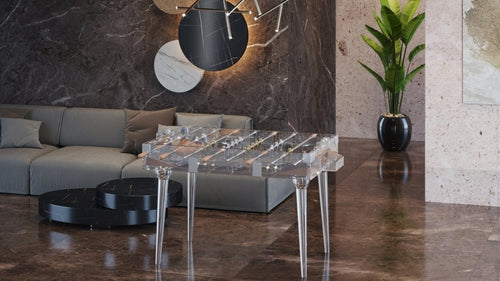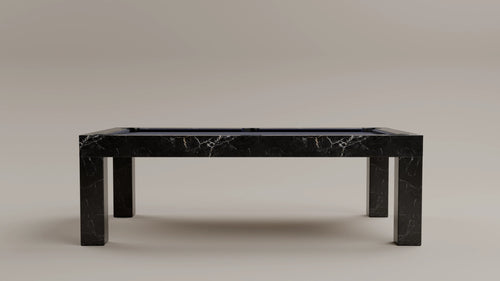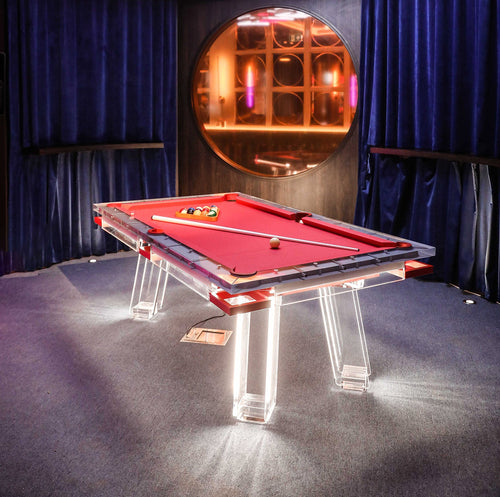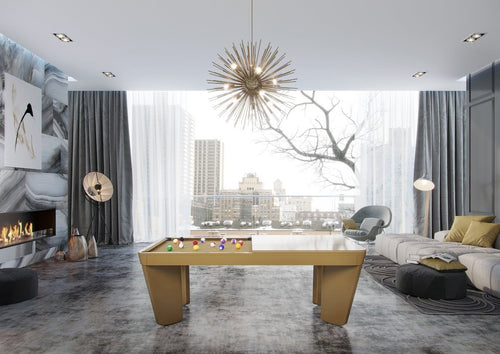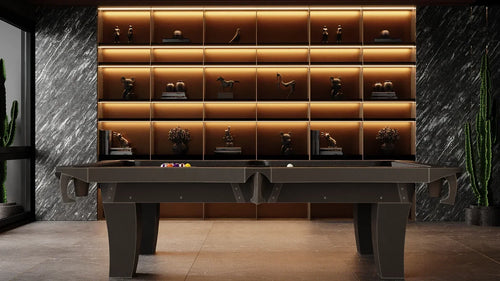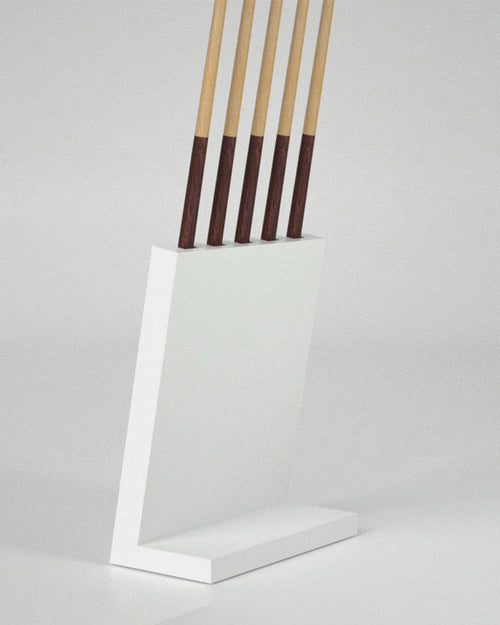Enjoy our modern designs
Estimated Read Time: 8 mins |
Introduction
When Roman power slipped away in Europe around the fifth century CE, the Indian subcontinent was on the cusp of its own architectural revolution. By the early thirteenth century, Islamic dynasties had established themselves in Delhi, opening a fresh chapter in design that ran alongside Europe’s Gothic cathedrals and Byzantine domes—but followed its own rules entirely.
A New Visual Language
In place of the sculpted gods and mythical beasts that adorned Hindu and Buddhist temples, Islamic visionaries in India turned to abstraction. Walls became tapestries of intricate geometry and flowing Qur’anic calligraphy, a visual hymn to the divine that never dared depict humans, animals, or plants. While Persian palaces sometimes flirted with figural art, India’s early sultans and later Mughal emperors embraced pure ornament—carved in plaster and stone, set in tile, and echoed in the rhythmic repetition of arches and domes.
Early Tomb Architecture
The thirteenth century saw monumental tombs rise across the Deccan plateau. Mahmud Shah’s tomb in Bijapur reads like a fortress at first glance—square in plan, flanked by corner towers, its interior a soaring hall of intersecting arches bearing a vast dome. That sense of solidity and monumentality would soften under the Mughals, whose tastes favored both grandeur and refinement.
Mughal Synthesis: From Fatehpur Sikri to the Red Fort
Walk through the ghostly red walls of Fatehpur Sikri, Akbar’s ceremonial capital of 1571, and you encounter a courtyard so vast it seems to hold the sky. Pillared side halls open into a domed prayer chamber, where floral-patterned screens cast lace-like shadows on pale stone. Every surface whispers unity: columns form colonnades, arches echo one another, and marble floors shimmer with inlaid patterns of vine and petal.
A few decades later, Shah Jahan outdid even his grandfather’s ambition. The Red Fort in Delhi, completed in the 1630s, unfolds like a jeweled city. Inside its public audience hall, forty pillars rise in scalloped arches, their surfaces inlaid with marble and gemstones. Nearby, the “Pearl Mosque” reveals a quieter form of restraint—smooth white marble, perfect onion domes, and minimalist elegance that feels almost ascetic beside the riot of color elsewhere.
The Taj Mahal: Apex of Ornament and Symmetry
Built from 1632 through 1653, the Taj Mahal is the crown jewel of Mughal design. Its flawless symmetry pairs with lavish detail: filigreed marble screens, gemstone inlays of turquoise and onyx, and polychrome floors that seem to pulse in candlelight. The central dome floats above an ivory throne of memory, as if mirroring the heavens themselves.
Textiles and the Art of Comfort
Furniture in these palaces was never the star of the show. Guests sat on low cushions or simple stools; chests and tables existed, but few have survived. The real luxury lay underfoot: carpets woven by artisans who inherited Persian looms. When Akbar invited Persian weavers to his court in the late sixteenth century, they brought knotting techniques that transformed Indian rugs. Floral motifs crept back into design—more naturalistic here than in stone—softening the abstract rigor of walls and arches with the warmth of silk and wool.
Fusion with Local Traditions
Throughout these innovations, Indian designers never lost sight of their heritage. Even as domes and minarets rose against the skyline, local craftsmen layered Hindu stone-carving techniques into jali screens and bracketed balconies. The result was never a simple copy of Persian models, but a distinctive fusion that felt both fresh and rooted in centuries of regional practice.
A Parallel Yet Separate Trajectory
While Europe wrestled with flying buttresses and stained glass, there is no record of Venetian merchants recruiting Gothic architects to Agra—or Delhi’s stonemasons sailing west to build cathedrals. India’s Islamic architecture flourished on its own terms, fueled by imperial vision, local materials, and a creative dialogue between abstraction and tradition.
Conclusion
Today, the tombs, mosques, forts, and mausoleums of the subcontinent trace a design trajectory that ran parallel to—but never intersected with—Europe’s medieval path. It’s a story of geometry over figuration, stone over timber, and a belief that the purest way to honor the divine is to let structure become ornament—where every arch, dome, and tile pattern lifts both mind and spirit.



